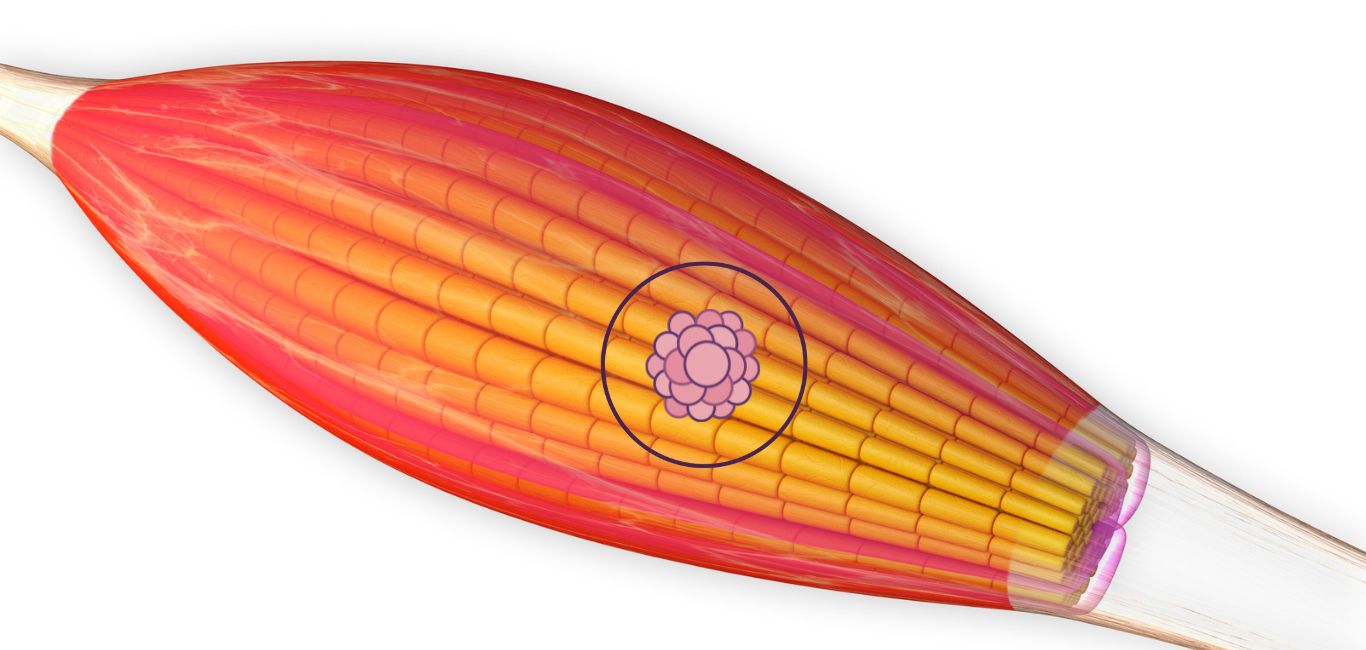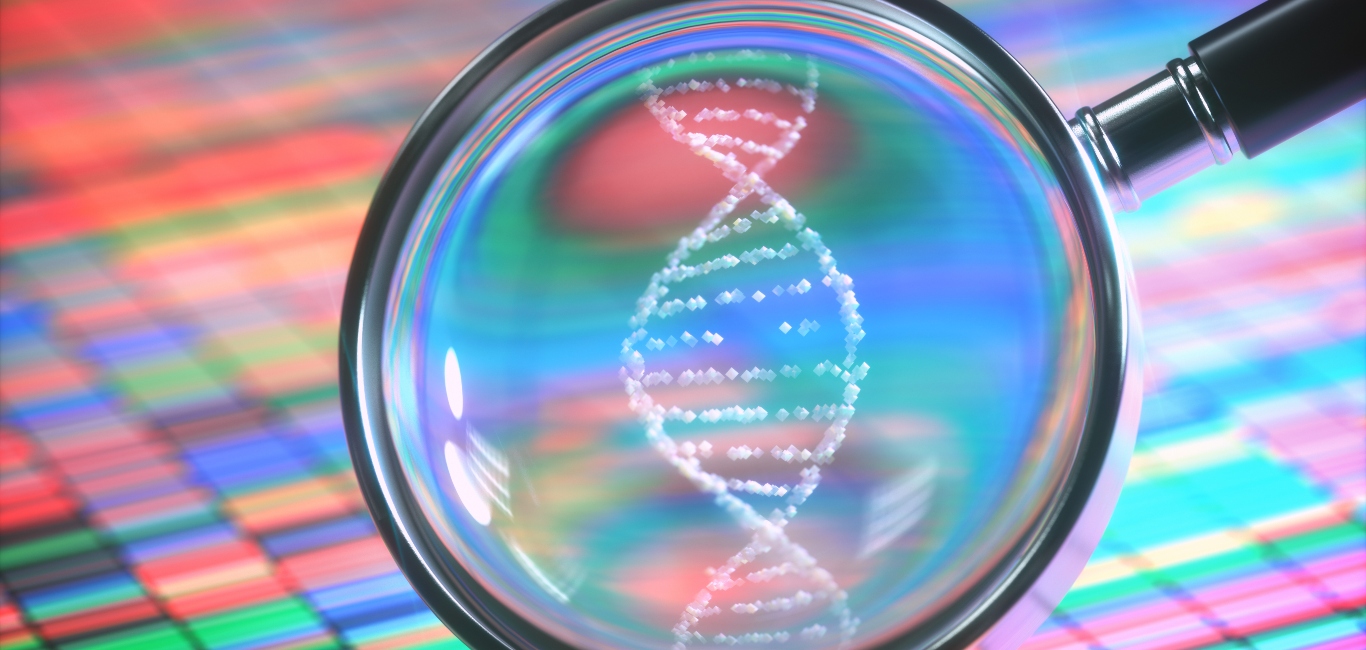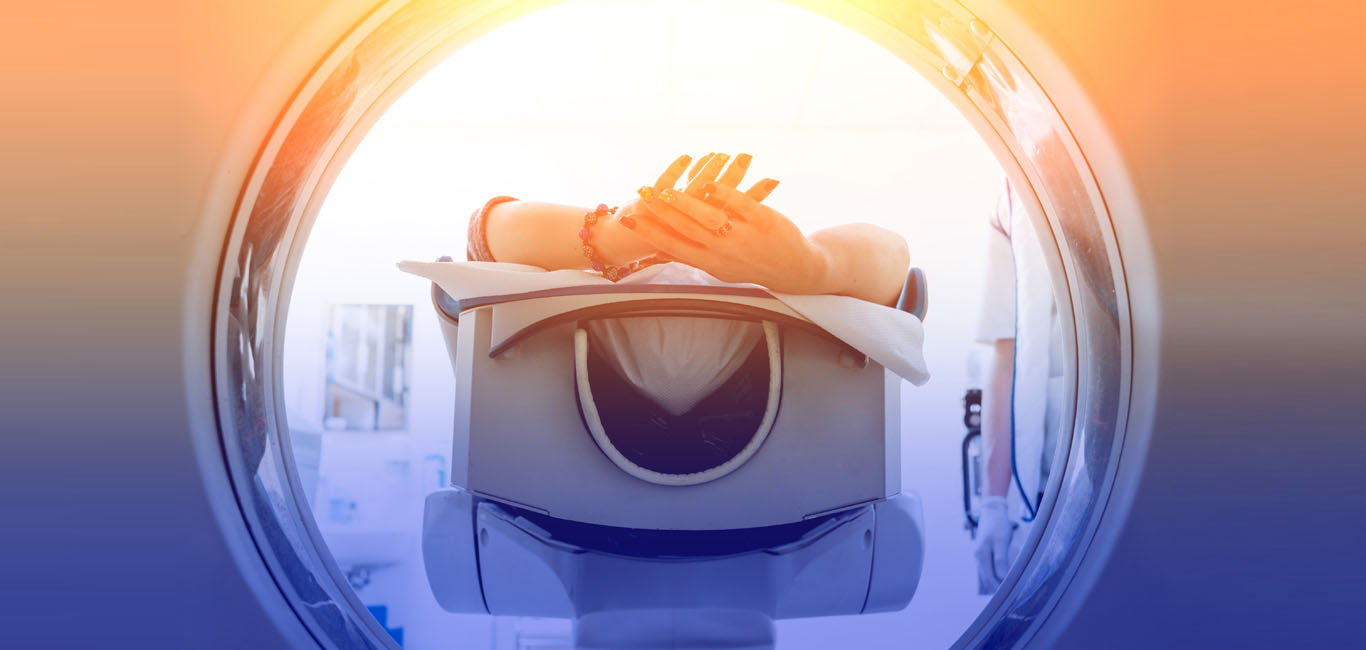
A recent breakthrough at the Cold Spring Harbour Laboratory in the US could make treating one of the most aggressive forms of childhood cancer – rhabdomyosarcoma – a lot less toxic than current treatments.
Using a therapy known as differentiation, the cancer cells (in this case muscle tumour cells) could be turned into normal, healthy cells once again. The technique is already used to treat some cancers, such as neuroblastoma and various types of blood cancers.
Differentiation therapy is a type of treatment for cancers that make cancer cells turn into normal, healthy cells. It stops cancer cells from dividing into more cancer cells.
One of the key advantages of differentiation therapy is that it often has fewer side effects compared to traditional chemotherapy. Chemotherapy typically involves the use of drugs that target and kill rapidly dividing cells, which includes not only cancer cells but also some healthy cells in the body. Differentiation therapy, on the other hand, focuses on the specific properties of cancer cells that make them abnormal, such as their failure to mature properly.
Molecular biologist Christopher Vakoc, who led the study at Cold Spring Harbour Laboratory, says such a therapy has the potential to make the tumour lose all cancer attributes. However, before a small molecule or chemical that modulates the target is developed, a lot of work needs to be done.
What is rhabdomyosarcoma?
“Rhabdomyosarcoma is a tumour of the skeletal muscles, and it is the most common form of soft tissue sarcoma in the body,” says Dr Vinay MV, a consultant paediatric oncologist at Manipal Hospital in Bengaluru.
This form of cancer is most common in children between the ages of 2 to 6 but can also show up at the early adolescent age of 12 to 15 years. It is characterised by swelling in various parts of the body – the legs, tongue, head, neck (including the jaw and eye areas), and urinary bladder – due to tumour growth.
A diagnosis typically involves a biopsy or complete excision, followed by microscopic examination and genetic marker analysis. Staging is determined through scans like PET and CT scans to assess the tumour’s extent, explains Dr Vinay.
Current treatments for rhabdomyosarcoma
If the cancer is detected early, there are treatments involving chemotherapy, surgical removal of the tumours and radiation therapy that can help to fight it. However, the genetics of the tumour heavily shapes its treatment and outcome.
“If the genetic makeup of the tumour is not favourable, even if we detect it early, there is a 40 per cent chance that currently available treatments fail,” says Dr Vinay.
This makes it one of the most aggressive forms of childhood cancer that can have a high mortality rate. It is why there is a lot of research being done to get a deeper understanding on how these cancer cells operate.
Differentiating rhabdomyosarcoma
So far, the work of the scientists at Cold Spring Harbour Laboratory has been to identify a potential target for a molecule that can be used to differentiate rhabdomyosarcoma cells. The breakthrough has come in the form of identification of a certain protein PAX3-FOXO1 that seems to be responsible for making the cells continuously divide.
Then to try and block this, they also targeted another protein – nuclear transcription factor Y (NF-Y) – that in turn inactivated the PAX3-FOXO1 protein from working. This caused the cancer cells to turn into normal muscle cells.
Vakoc and his team did this by looking at the genes in rhabdomyosarcoma cells. The genetic screening technique, the researchers believe, can be used to screen for other types of cancers as well.
“They [cancer cells] are switching from a cell that just wants to make more of itself to cells devoted to contraction,” Vakoc told Happiest Health, citing evidence found in their testing of sarcoma cells done in their lab.
However, a lot more work needs to be done to learn about the genes that drive these cancer cells before a viable targeted therapy is developed. “Our research can be the origin story for a new target in a form of cancer. But there is a long road to develop a small molecule or chemical that modulates a target,” adds Vakoc.

















